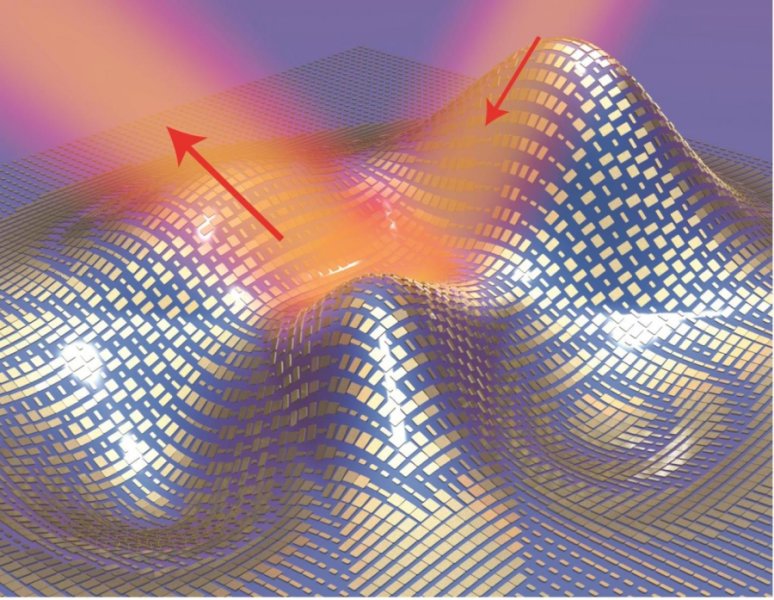Invisibility cloaks: Are they soon to become a reality?
For the moment Harry Potter’s famous invisibility cloak will remain in the realms of fiction, but significant steps have been made towards the very first real life invisibility. Researchers at the Lawrence Berkley National Laboratory and the United States’ Department of Energy have found a way of creating an ultra-thin, skin-like invisibility cloak that is able to conform to the shape of any object and conceal it from detection.
Sound brilliant right? The only difference between the multitude of sic-fi cloaks and this real life contraption is that currently it only works at a microscopic scale. Having said that the principle behind it has huge potential, and should be able to be scaled up to a macroscopic scale.

The “skin-cloak” is barely 80 nanometers thick, and is made up of gold nano antennas that wrap around a material only a few cells thick.
An invisibility cloak isn’t the only thing this technology could one day give birth to. Being able to manipulate the way light interacts with metamaterials could open the door to high resolution optical microscopes and super fast optical computers. Another potential option is to use the the skin cloak to hide the layout of microelectronic components, or even for security encryption purposes.

Post a Comment